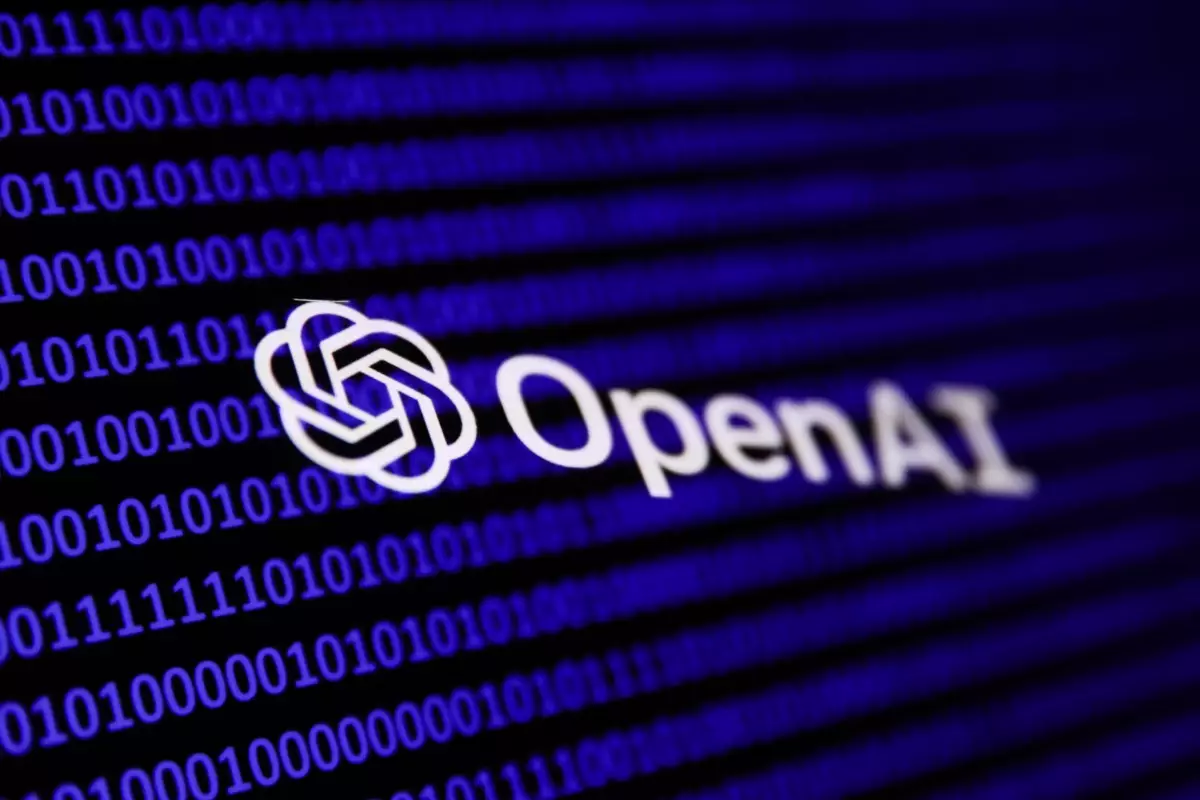OpenAI, a frontrunner in artificial intelligence development, has set its sights once again on the realm of robotics. After initially dissolving its robotics department, the company has reignited its interest in building robotic systems, as highlighted by recent communications from Caitlin Kalinowski, the head of hardware at OpenAI. This revival is not merely a relaunch; it represents a significant strategic pivot aimed at establishing the company’s footprint in a rapidly evolving technological landscape rife with opportunities.
In a recent post on social media platform X, Kalinowski shared insights about OpenAI’s renewed commitment to robotics. The company is not just looking to create generic robotic systems; it intends to develop “general-purpose,” “adaptive,” and “versatile” robots that embody human-like intelligence. This ambition reflects a broader trend in the tech industry where companies strive to manufacture robots capable of functioning effectively in unpredictable, real-world environments.
Central to OpenAI’s plans is the development of proprietary sensors and computational systems that will form the backbone of its robots. These robots will harness advanced artificial intelligence models developed internally by OpenAI, thereby creating a tightly integrated system that combines cutting-edge software with sophisticated hardware. As stated in job descriptions, the goal is to meld high-performance AI capabilities with the physical limitations of robotic platforms, a proposition fraught with engineering complexities.
Seeking Specialized Talent
The announcement of new job listings highlights OpenAI’s intent to assemble a diverse and skilled robotics team. The listings imply that the company is not just looking for traditional engineers; it seeks talent with experience in designing mechanical systems meant for large-scale production. The aspiration for these systems? To exist at “full-scale production” levels, meaning they would be manufactured en masse. This reflects OpenAI’s commitment to not only producing robots but making them commercially viable.
Additionally, the possibility of hiring contract workers for testing robotic prototypes signifies a flexible approach to development. It allows OpenAI to draw on specialized knowledge and expertise while maintaining agility in its project timelines. Importantly, one listing hints at the potential incorporation of limbs into their robots, suggesting an intention to create machines that can interact with their environment in a more human-like manner.
The Competitive Robotics Landscape
The robotics sector is witnessing an influx of investment, with venture capital funding exceeding $6.4 billion in the past year alone. This surge in financial commitment underscores a burgeoning interest in a technology that promises a vast array of applications across various industries. Companies such as Bright Machines, which focuses on factory automation, and Bear Robotics, known for its tray-carrying mobile robots, have carved out niches that signify the ongoing demand for robotic innovations.
Nonetheless, humanoid robots have captured the public’s imagination more than other types of robotics. Manufacturer models like X1 and Figure, both backed by OpenAI, aim to create robots with capabilities that closely mimic human movement and behavior. While the technological ambition is palpable, historical setbacks in robotics development serve as a reminder of the inherent challenges. The notion of mass-producing functional humanoid robots remains a tantalizing goal steeped in skepticism.
OpenAI’s robotics initiative is only one of several hardware projects currently underway. Notably, the collaboration with renowned former Apple designer Jony Ive hints at the company’s broader vision for new devices, while plans for custom-designed chips reveal an understanding of the integral role hardware plays in AI performance. Collectively, these efforts demonstrate OpenAI’s intent to not only remain relevant in the technological discourse but to be a leader in shaping its future.
As OpenAI resurrects its robotics endeavors, it embarks on a path filled with promise yet fraught with uncertainty. The goal of creating intelligent, versatile robots capable of real-world operation is ambitious and carries both the potential for transformative impact and the weight of historical caution. Only time will tell if OpenAI can navigate these complexities successfully, but the ambition is undoubtedly setting the stage for a new chapter in the robotics narrative.

